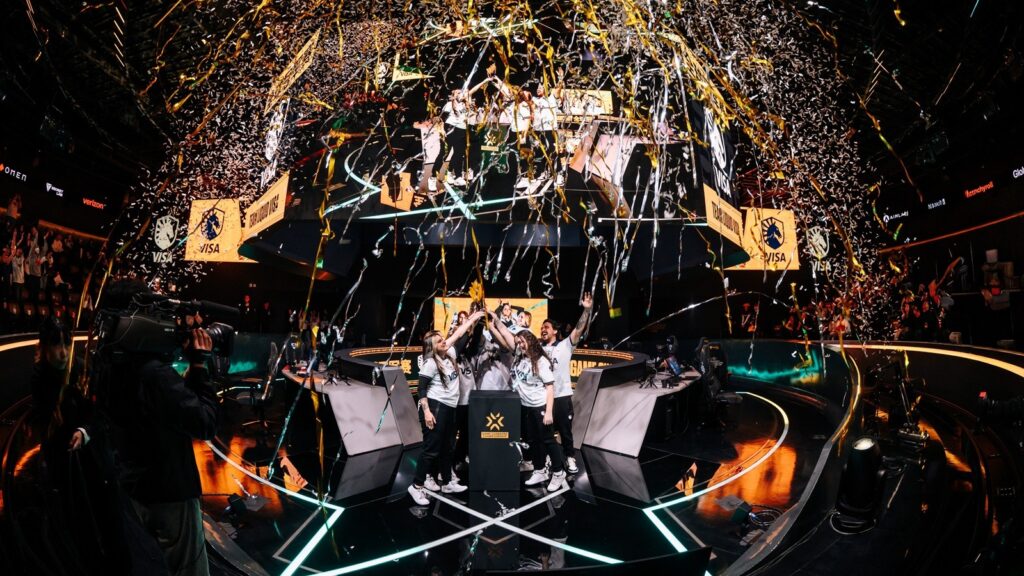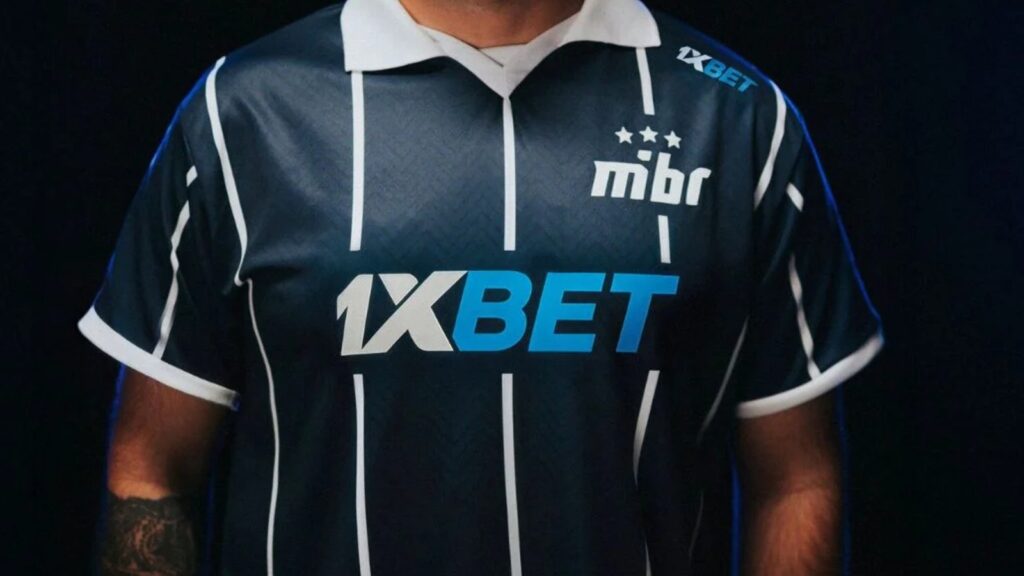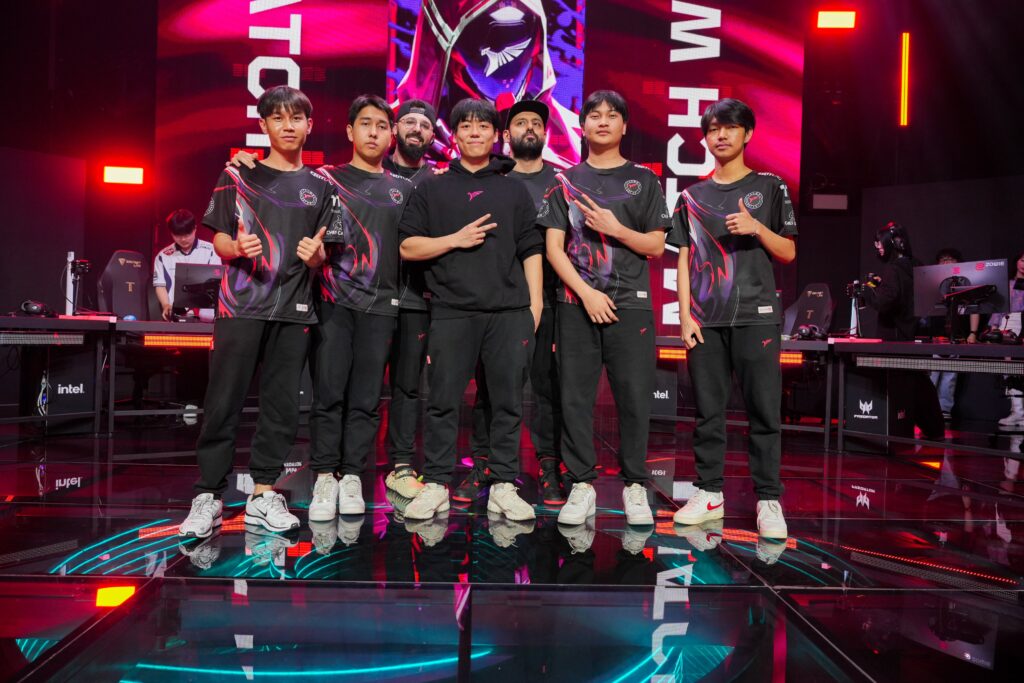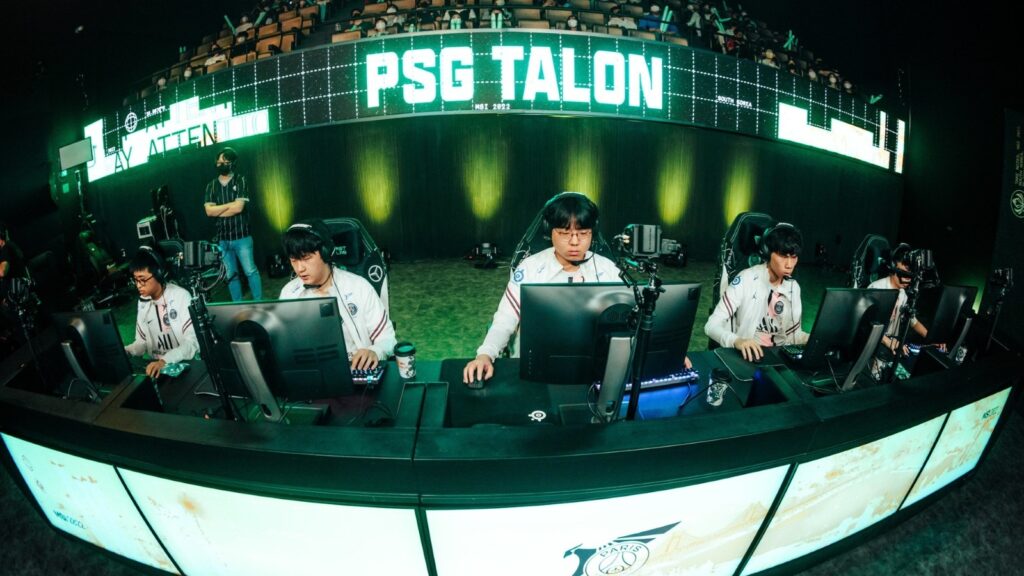How Queue Dodge Penalty Works In VALORANT
Want to learn everything about the queue dodge penalty in VALORANT? Queue dodging isn’t something new in VALORANT but for those who don’t know, it impacts the gaming experience of other players in the matchmaking. It’s no secret that Riot Games has always made sure that players get a top-notch experience during gameplay and when someone tries to ruin it either through queue dodge or any other method, they’re hammered with a penalty.
While it might seem harmless in the first place, the queue dodge penalty gets worse if you commit the offense multiple times. Those who want to deep dive into this topic and learn everything about it are in luck as we’ve intensely explained how the queue dodge penalty works in VALORANT.
What is a queue dodge penalty in VALORANT?
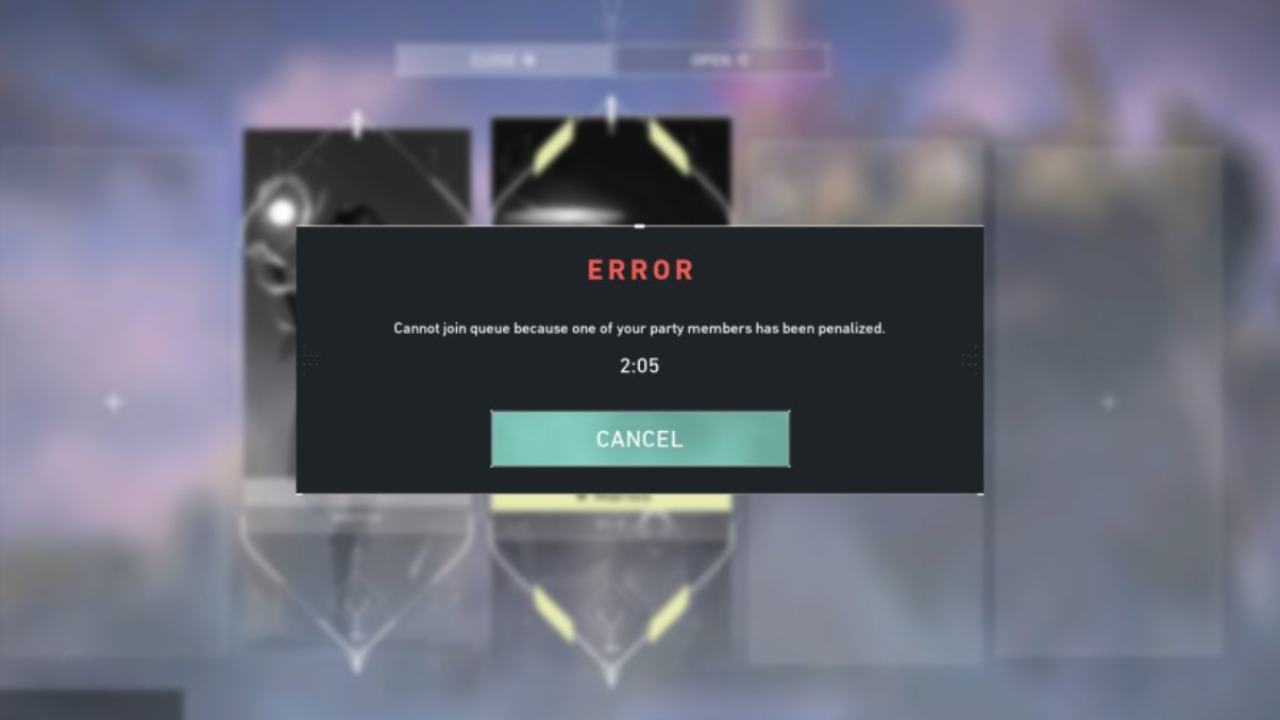
Image Credit: Riot Games
When it comes to VALORANT, queue dodging is the situation when a player leaves the matchmaking queue or exits the agent selection screen before a match begins. This is generally done to avoid playing on certain maps or for any other possible reason.
In the early days, VALORANT used to display the ranks of all the players during the agent selection screen. As a result, queue dodging was a common practice when players got random teammates with a low rank. Taking this into account, Riot Games stopped displaying the ranks during agent selection screen which eventually lowered the queue dodge rate.
When a player exits the matchmaking, the rest of players are also sent back to the lobby, meaning they have to find a new match once again which is a time-consuming process. To get rid of this, Riot Games introduced time-based and ranking-related penalties to prevent players from dodging the match. Here’s how it works:
- If you queue dodge in a competitive match, you will lose 4–12 RR points potentially pushing over the -30 RR loss barrier (indicated on the post-match results screen).
- If you dodge once, you are usually given a short time penalty where you can’t queue for another match. This starts at around 5 minutes for the first offense. If dodging happens repeatedly in a short period, the time penalties increase. For frequent offenders, this can go up to 1 hour or more.
Both time and RR penalties stack with repeated dodging. That means the more you do it, the worse the punishment gets. Thankfully, it doesn’t affect your MMR.
VALORANT AFK penalty explained
AFK is an acronym used for Away From Keyboard which means the player is either not at their computer or is behaving like they aren’t there by not moving their Agent or communicating. Simply put, a person is considered AFK if they’re on the field but not participating in the match, putting their team at a disadvantage.
Similar to queue dodge, if you stay AFK in a competitive match, you will lose 4–12 RR points potentially pushing over the -30 RR loss barrier. In fact, the game also notifies you with an AFK warning in the chat and also notes that further violations can result in harsher penalties.
Is there a ban checker tool for VALORANT?
There’s no official or third-party tool to check bans imposed on you outside of the game. The best way to track your ban in real time is by heading to the game and queuing up for a competitive match. If you’re able to join the queue, the ban has been lifted but if you see a countdown timer, that’s the amount of time left before you can play again.
How to reduce VALORANT penalty
The easiest way to reduce your VALORANT penalty is to avoid going AFK (Away From Keyboard), dodging queues or leaving in the middle of the matches. After several matches with good behavior and consistent participation, your penalty will eventually come down.
What happens if you dodge in VALORANT unranked
Similar to competitive mode, the match is cancelled when someone dodges in VALORANT unranked. However, Riot Games hasn’t officially announced the queue dodge penalties for unrated mode yet probably because there’s no RR involved. But rest assured, you will still be punished with a temporary cooldown if you dodge unranked matches multiple times.
Bans are applied in response to the severity of the offense, so you won’t necessarily receive every penalty in order. In fact, you may even receive the same penalty multiple times. For example, an Agent may be given the XP denial penalty 3 times, never receive a queue timer as a penalty, and be given a 28-day ban without ever receiving a 7-day ban. It all depends on the Agent’s behavior history and their offenses.


